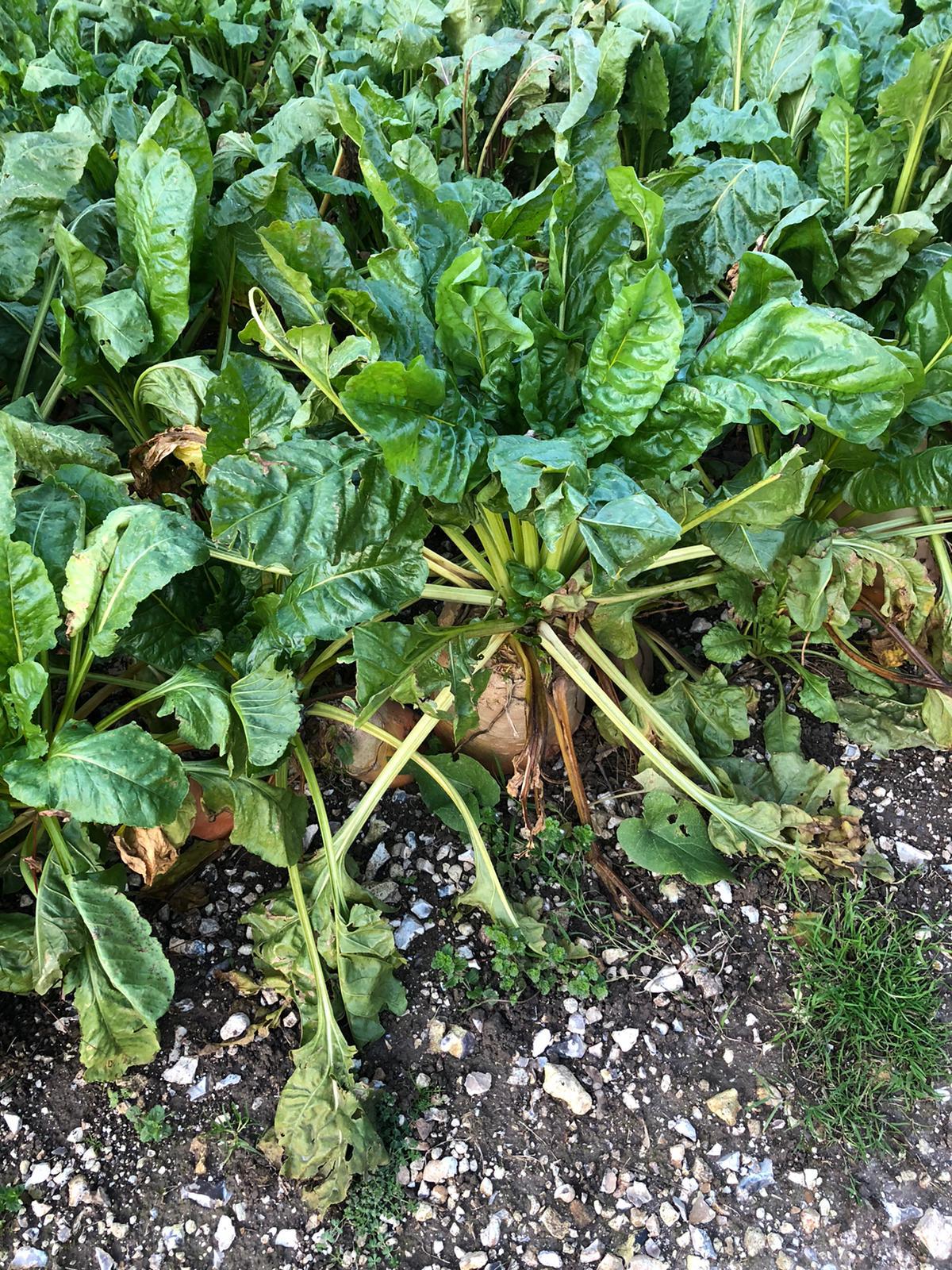- Home
- Knowledge library
- Case study – Michael Skinner’s tips for transitioning ewes onto fodder beet
Case study – Michael Skinner’s tips for transitioning ewes onto fodder beet
Michael Skinner outwinters nearly 1,400 Highlander ewes and ewe lambs without concentrates at his farm in Leicestershire. Now going into his 10th year outwintering, Michael says the key to success is the breed and foraging ability of the ewes.
Having outwintered on forage rape and stubble turnips previously, fodder beet has been a new addition to the farm to fill in the forage gap pre-lambing. “Fodder beet is a relatively new venture for us but it provides a lot of dry matter. We also graze cover crops on arable systems, such as fodder radish and oats, and grass over winter.” The flock is normally purely forage based however if thin ewes are identified post scanning feed blocks are offered.
A flexible approach is also key, says Michael, “we have not used concentrates for the April lambing ewes for 10 years now, however, we do use a small amount for early lambing ewes if the weather turns bad and we need to house them for lambing. In wet weather, we move the later lambing ewes onto woodchip pads in groups of fifty. We would roll the hay out to provide maximum feed and lifted the fodder beet to feed in these groups.”
Michael’s top tips for fodder beet:
- Some animals don’t like the beet and you need to watch these – put them back onto the feed they were on or silage - monitoring and regular BCS is essential
- The stock will eat the tops off the fodder beet really quickly - the tops supply the protein so we move the fence every day to ensure the proportion of tops to bulb is correct - the space allowance for the crop needs to be more than trough space
Transition is important – it is a completely new diet for the stock - we use hay to help the transition and build up by 30 minutes a day so that by a weeks’ time they are staying on the crop overnight
For more information, see Improved design and management of woodchip pads for livestock and Optimising fodder beet in livestock systems

Topics:
Sectors:
Tags:

